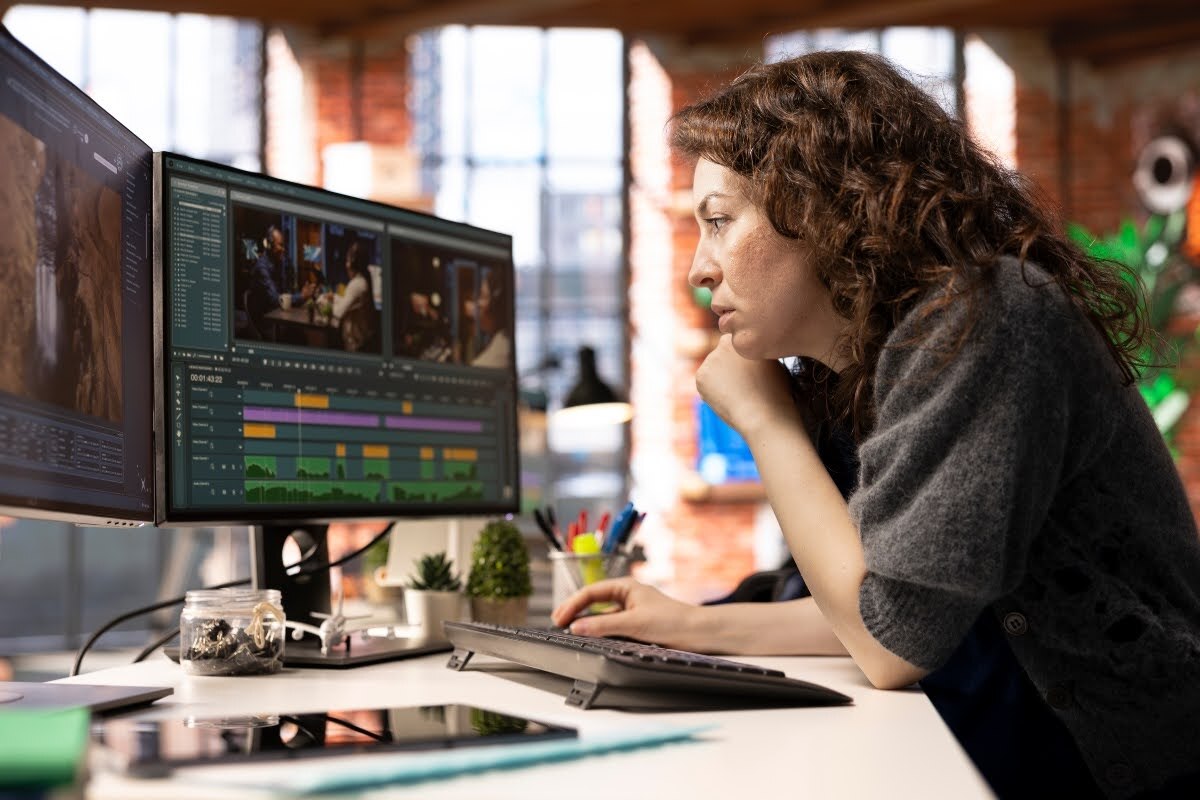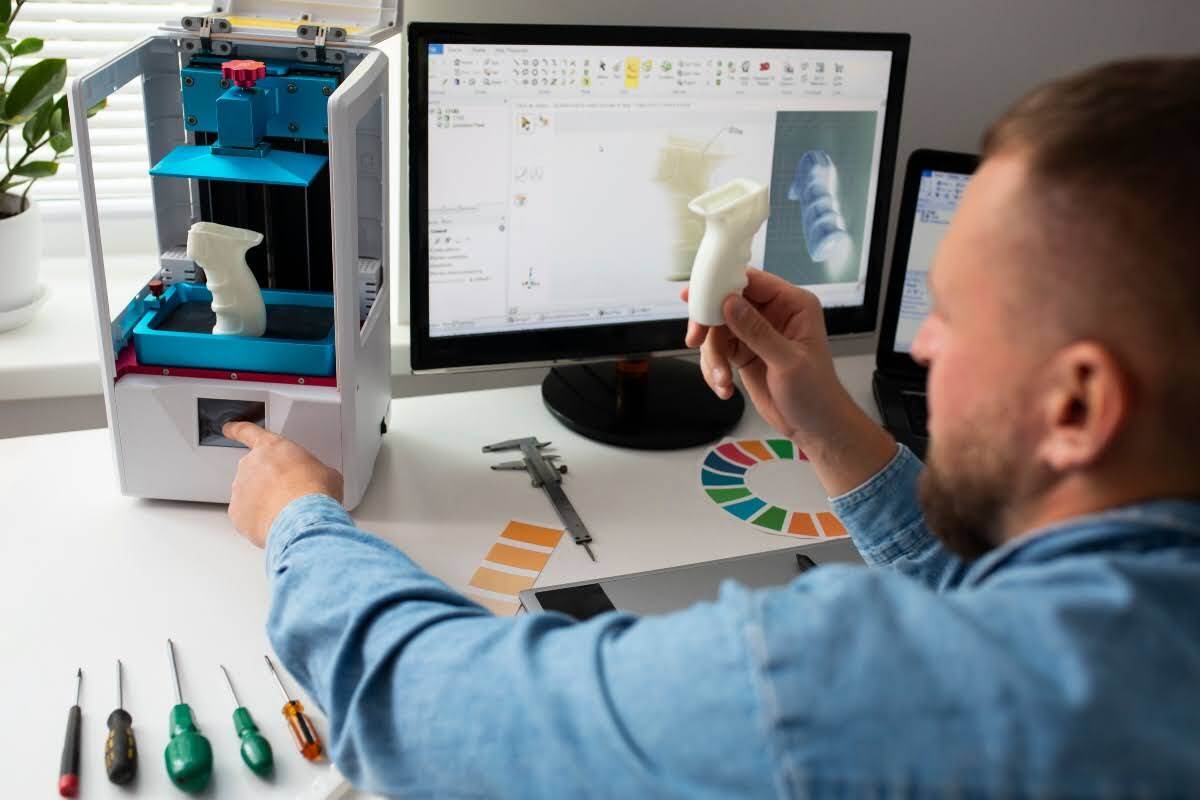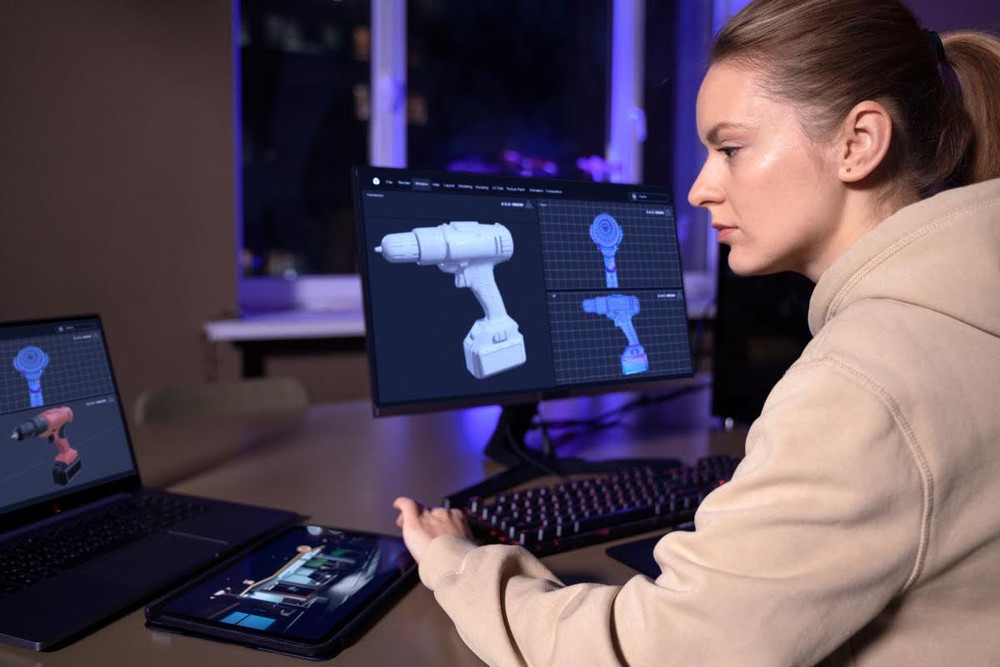3D Scanning vs. Photogrammetry: What Matters Most When Shaping Your 3D Model
22nd Sep 2025
Anyone who’s ever tried to capture reality in digital form knows the choice usually comes down to photogrammetry vs. 3d scanning.
Both methods can turn objects, spaces, or even entire landscapes into workable 3D models, but the way they get there and the results they deliver are not the same.
Understanding these differences directly affects the success of your project.
Seeing Through Lenses: How Photogrammetry Works
Think about walking around a historic building with a camera, snapping photos from every possible angle. Later, software analyzes those images, matches up the overlapping details, and builds a 3D model. That’s photogrammetry at its core.
It’s approachable and often affordable because it uses equipment many people already have: a decent camera and the right software.
That’s why fields like archaeology, architecture, and indie game design have embraced it. For large objects or outdoor environments, it can produce beautiful, detailed models.
Of course, it isn’t perfect. Reflective surfaces confuse the process, creating warped areas in the final model. Fine details, like the edges of machine parts, can come out soft or distorted.
It’s excellent for landscapes or artistic projects, but less dependable for technical measurements.
Laser Lines and Structured Light: The 3D Scanning Approach
3D scanning takes a different path. Instead of relying on photos, scanners project lasers or structured light patterns onto a surface and measure how they reflect. Every bounce provides precise distance data, which builds into an accurate 3D shape.
This precision is where scanners shine. They can measure details down to fractions of a millimeter, which is why industries like engineering, product design, and the medical industry rely on them. Imagine fitting a prosthetic limb; accuracy isn’t optional.
But precision comes at a price. Scanners are more expensive, both in the upfront cost of the device and in the computing power needed to handle the large data sets. Still, when tolerances matter, scanning is often the safer choice.

Speed Can Be Tricky to Judge
You might assume scanning is always faster, but that depends. A handheld scanner can capture a small object in minutes, yet processing the dense point cloud can take a while.
Photogrammetry, on the other hand, might require hours of photography, but the processing runs in the background once you hit “go.”
The real question is: where do you want to spend your time, during capture or during processing? For tight deadlines requiring precision, scanning is often more efficient.
For projects where the budget is tighter and you can let the software process overnight, photogrammetry holds its own.
Texture and Visual Detail
Geometry alone tells only half the story. When it comes to surface detail, photogrammetry usually produces more lifelike textures because it starts with actual photographs.
That makes it a natural fit for cultural preservation, gaming, or VR environments where realism matters.
Scanners, while excellent with geometry, often require additional texturing steps. They capture the form precisely but don’t naturally produce the same surface details or richness of color.
Think of photogrammetry as creating a painting and scanning as drafting a technical blueprint. Both are valuable, but for different goals.
Large-Scale vs Small-Scale Challenges
Scale changes everything. Drones equipped with cameras make photogrammetry the go-to for landscapes, construction sites, and archaeological digs. Covering wide areas with scanners would be impractical, if not impossible.
Flip the scenario, though, and the opposite is true. For something small and complex, like dental implants or engine parts, scanners handle the micro-level details that photogrammetry struggles to capture.
Ease of Use and Learning Curve
Photogrammetry is straightforward. Many people already own a camera or even a smartphone capable of producing decent results. Software like RealityCapture or Agisoft Metashape makes it accessible to beginners.
Scanning tends to be more specialized. It requires training, calibration, and sometimes a controlled environment. Once you get the hang of it, though, scanning can feel more streamlined than carefully planning hundreds of photos for photogrammetry.

Cost and Practical Considerations
There’s no avoiding the budget discussion. Photogrammetry setups can be relatively inexpensive if you already have the right camera.
Scanners, on the other hand, can range from thousands of dollars to six figures, depending on their capabilities.
But here’s the wrinkle: sometimes the cheaper option ends up more costly if it doesn’t meet project requirements.
Using photogrammetry for aerospace parts, where tolerances are critical, could lead to expensive rework. Similarly, spending heavily on a scanner for a cultural heritage project focused on rich textures might not be the best investment.
Industries Leaning One Way or the Other
Different fields have found their preferred methods:
- Engineering and manufacturing lean on scanning for accuracy.
- Construction and surveying benefit from photogrammetry, especially with drones.
- Cultural preservation often uses photogrammetry for its realistic textures.
- Healthcare turns to scanning for medical-grade precision.
- Entertainment and gaming rely on photogrammetry for immersive visuals.
Some professionals even combine them, scanning for geometry and layering photogrammetry textures on top, merging strengths from both sides.
The Ongoing Question: Which One Should You Use?
When people debate photogrammetry vs. 3d scanning, the conversation often drifts into which is “better.” But better depends on context.
Accuracy, texture quality, speed, and cost-all of these factors weigh differently depending on your project.
What’s exciting is how the technologies are evolving. Hybrid systems are blending scanning precision with photogrammetry’s textural richness. Mobile apps are making both more accessible.
The gap between them is shrinking, but for now, choosing comes down to your priorities. Outweigh the benefits of 3D scanning against the benefits of photogrammetry and see what fits better for your industry and project.
Conclusion: Choosing the Method That Fits Your Goals
So, what should you choose?
If your project demands precise measurements, scanning is your ally. If you need lifelike textures and wide coverage, photogrammetry makes sense. In many cases, using both produces the most complete results.
When making that call, guidance from experts can save time and resources. Companies like UMAX not only provide support in selecting the right approach but also offer access to professional 3D scanners tailored to industry needs.
Contact us today to find the right solution, bringing precision and efficiency to your next project!

